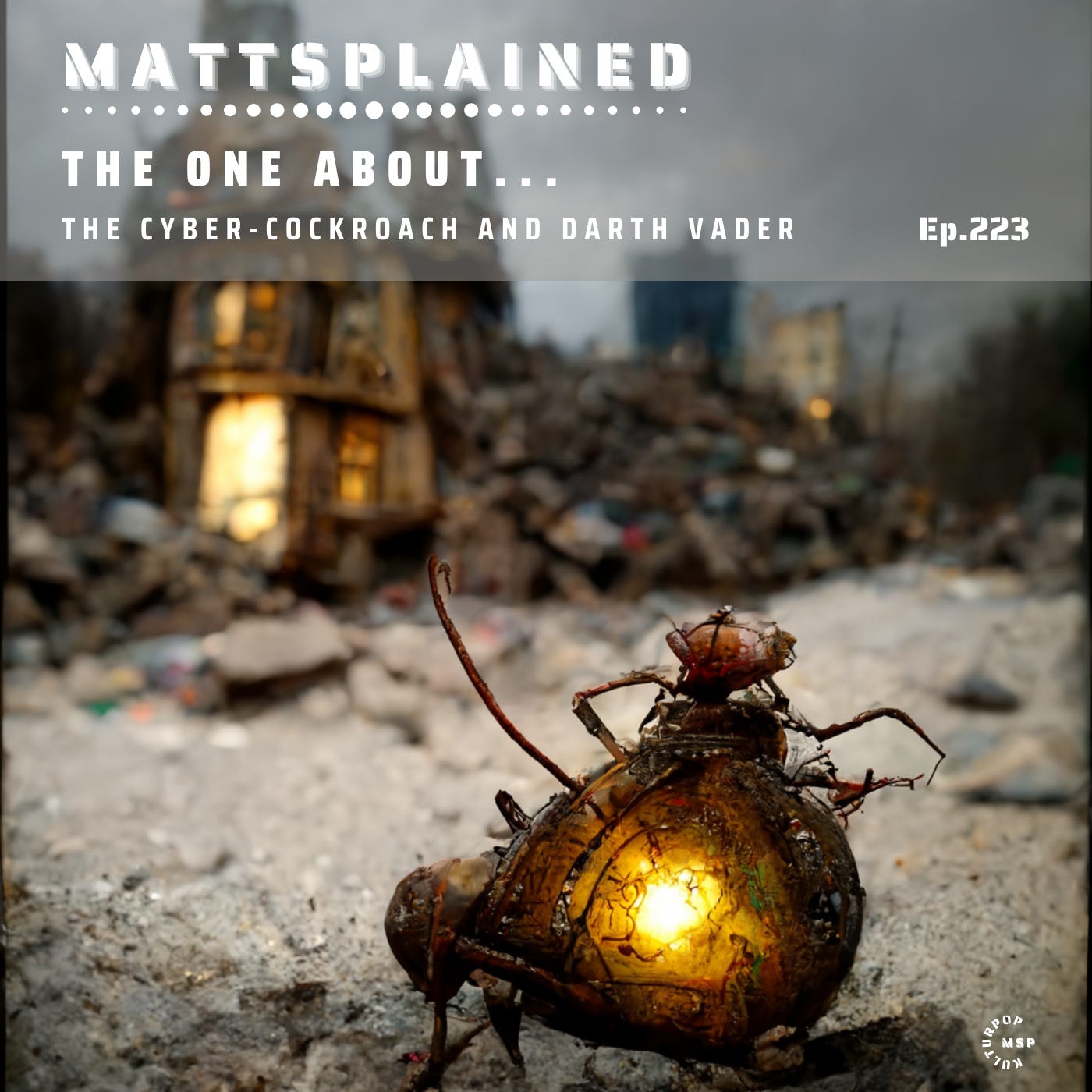Elon Musk likes to dangle improbable fantasies in our faces. But then he goes and ruins it by actually making them. Flamethrower. Tick. Hyperloop. Tick. Impossibly cool electric truck. Getting there… Some, like the Cybertruck, are taking longer than others. That’s not a criticism: no one wants him to rush the Neuralink. When a device is surgically grafted to your brain, you want it to work flawlessly. Or that spinning wheel of death could freeze terminally.
Optimus, Tesla’s humanoid robot, appeared to be an event horizon project. Good for a headline on one of Musk’s rare quiet news days. Last year’s Tesla AI Day featured proof of concept material and a dancing man in a robot suit. To get from there to a market-ready machine in 12 months seemed impossible.
The idea that there could be a market-ready machine in 2022 seemed far-fetched.
They may be one of our favourite sci-fi fantasies, but humanoid robots are fantastically complex to design and engineer. Standing up and walking, something that the human brain learns to do after only a few months in the wild, requires dozens of motors, gears, potentiometers, accelerometers, gyroscopes, sensors and gigabytes of processing powers to achieve in a machine.
It’s why many of today’s industrial robots look like a cross between a claw and a fishing rod. Or are modelled after animals with more than two legs.
Footage of early man-machines often shows a wavering humanoid wired to a harness, drawing power from a cable and taking tentative, wobbly steps. It may sound boring but advances in battery technology may be as important to the development of these machines as evolution in robotics and AI. Too small a battery and Jeeves will power down seconds after turning the toaster on. Too big and it won’t be able to balance.
If you’ve seen the footage of the amazing and terrifying Boston Robotics humanoids, which can breakdance and chase each other over a parkour course, as well as performing Ginger Rogers-style dance routines, you know how ungainly they seem:
Half of the time you spend wondering how they stay upright, and whether gravity is going to win its battle against their swaying gait.
One of the nicer things about Musk’s approach to innovation is that he isn’t afraid to demo things that aren’t perfect. He claims that what we saw was Optimus walking without a harness for the first time. That was a huge success, even if its range of motion is limited compared to the Boston Dynamics ‘droids. According to the presentation, the company has made enormous progress since April this year, and plans for subsequent iterations of Optimus seem advanced.
But Tesla isn’t just playing catch-up. With their battery backs and industrial limbs, Boston Dynamics cyber-men are more Robocop than Asimov’s Andrew. Optimus is far less clunky, more streamlined, and with its batteries hidden in its abdomen and stomach, both more aesthetically pleasing, and more sympathetic.
In this post-Jobsian world, we’re used to devices looking good. For Tesla to build and sell millions of its machines to a consumer market, it’s hyper-critical that they don’t scare us. Or avoid the too-cute-ness of SoftBank’s Pepper.
Even though the pared-down production prototype that was wheeled out didn’t work so well - not that anyone cares at these events - more importantly, Tesla seems to have settled on a price-point - sub-US$20k, surprisingly - and a production process that shares many of its technologies with Tesla’s cars.
Platform-sharing is great for economies of scale, but what’s less well-publicised is its potential for enabling and promoting innovation. With the addition of cloud-enabled AI and cheap sensors in absolutely everything, it’s easy to forget how many of our household items - from vacuums to fridges - meet that 1950s idea of a robot.
You can hold the electric vehicle motor in your hand. They’re tiny and powerful and Tesla has adapted their design for Optimus, which uses a lot more of them than a car. The systems the company uses for its cars’ Autopilot mode - a combination of sensors, cameras and AI grunt - are also perfect for the brains of a household robot. Which presumably will be travelling at less than 150km/h. And that boring battery technology. Constantly pushing those power-to-weight ratios to propel your car faster and further, dovetails perfectly with the need for an always-on android carer.
There’s still a lot we don’t know about Optimus, its abilities and its practicality. But Tesla has just changed the game. It could be another maker that reaps the rewards, but Elon Musk’s team has proven that consumer-grade robots can be sleek, useful and, best of all, non-threatening.
D/L
Can you have too many stories about cockroaches? On the latest mattsplained (listen here) we discuss the chilling solar-powered harness that can direct a cockroach army, the return of gossip queen Gawker, and the fascinating backstory to the creation of an AI-based text-to-speech voice engine which will provide the voice of Darth Vader for generations to come.





